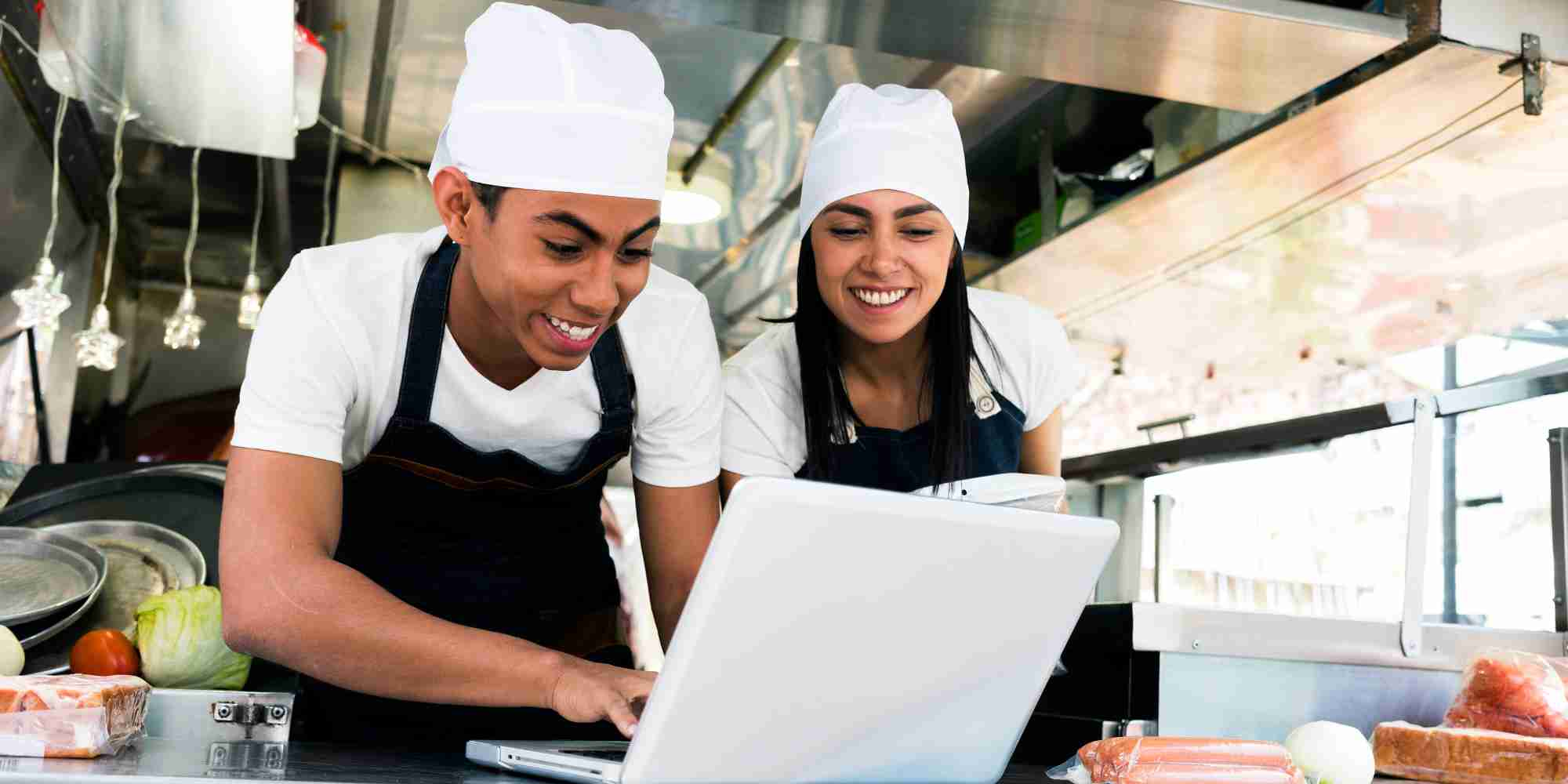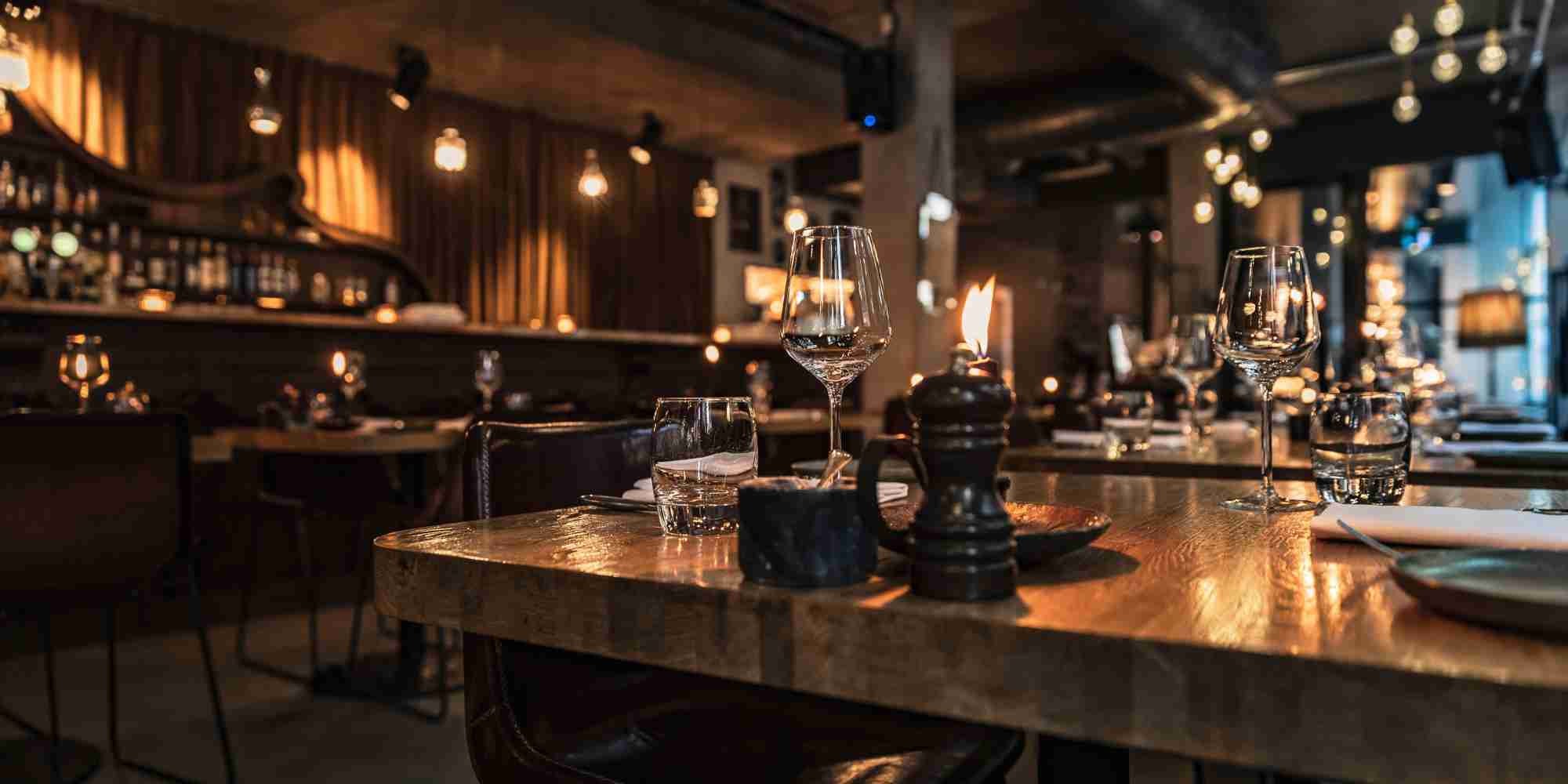In the ever-evolving landscape of the hospitality industry, restaurant technology has emerged as a pivotal element, reshaping the dining experience and setting new standards for efficiency, convenience, and engagement. For restaurant owners, staying abreast of the latest technological advancements is not just about keeping up with trends; it’s about revolutionizing the way they operate, enhancing customer satisfaction, and ultimately, driving business growth. From streamlined ordering processes and personalized service to innovative kitchen gadgets and smart management systems, technology in restaurants is transforming the traditional dining model into a dynamic, interactive, and efficient experience.
This blog delves into the various ways restaurant technology is redefining the dining landscape, spotlighting the essential tools and trends that every restaurant owner should be aware of to thrive in this digital age.
In the contemporary restaurant industry, technology has become an indispensable ally, influencing every facet of the dining experience and offering manifold benefits. This comprehensive exploration will dissect the various dimensions of restaurant technology, illuminating how these innovations are not just changing the game but are also essential for staying competitive in a rapidly evolving sector.
The Digital Revolution in Ordering and Service
One of the most visible shifts brought about by restaurant technology is in the realm of ordering and service. The advent of restaurant ordering technology, including online ordering platforms, mobile apps, and self-service kiosks, has revolutionized customer interactions. These tools streamline the ordering process, reduce wait times, and minimize human error, leading to a smoother, more efficient operation. For restaurant owners, implementing such technologies means not only enhanced customer satisfaction but also increased table turnover and revenue.
Smart restaurant technology, like tableside tablets for ordering and payment, further personalizes the dining experience, allowing customers to browse menus, place orders, and pay at their convenience, all from their seats. This integration of technology in restaurants fosters a seamless, interactive dining experience that today’s tech-savvy consumers increasingly expect.
Must Read: Embracing the Future: The Essential Guide to Restaurant Automation
Harnessing Data for Personalized Experiences
Beyond ordering, restaurant technology plays a crucial role in gathering and analyzing customer data, enabling businesses to offer tailored experiences and improve service quality. By leveraging data analytics, restaurant owners can gain insights into customer preferences, spending habits, and dining patterns. This information can be used to customize menus, develop targeted marketing campaigns, and make informed decisions about inventory and staffing.
Kitchen Innovations: Boosting Efficiency and Quality
The impact of restaurant technologies extends into the kitchen, where innovative tools and equipment are transforming food preparation and delivery. From high-tech ovens that drastically reduce cooking times to precision cooking equipment like sous-vide machines, technology is helping restaurants enhance food quality while optimizing operational efficiency. These advancements not only improve the consistency and speed of meal preparation but also enable chefs to experiment with new cooking techniques and recipes, adding a new dimension to the culinary experience.
Management and Operations: Streamlined and Simplified
Technology in the restaurant industry also encompasses back-office operations, with restaurant technology solutions like integrated POS (Point of Sale) systems, inventory management software, and employee scheduling platforms. These tools automate routine tasks, streamline workflows, and provide real-time data and insights, helping restaurant owners manage their businesses more effectively and efficiently. By minimizing manual labor and reducing the potential for errors, these technological solutions free up time and resources that can be better spent on enhancing the guest experience.
Staying Ahead with Restaurant Technology Trends
To remain competitive, restaurant owners must stay informed about new restaurant technology in restaurants and emerging trends. Some of the most exciting developments include AI-powered chatbots for customer service, blockchain for supply chain transparency, and IoT (Internet of Things) devices for monitoring kitchen equipment and food safety. These innovative restaurant technology trends offer unprecedented opportunities for optimizing operations, improving food safety, and delivering exceptional customer service.
Moreover, the rise of fast food technology, like automated ordering and payment systems, is setting new standards for convenience and speed, prompting even fine dining establishments to rethink their service models. Restaurant innovations such as these not only cater to the increasing consumer demand for efficiency and convenience but also open up new avenues for business growth and differentiation.
Must Read: Top Innovative Restaurant Solutions for Streamlining Operations
Embracing Smart Restaurant Technology for Sustainable Success
In the face of rising competition and changing consumer preferences, embracing smart restaurant technology is no longer an option but a necessity for success. From restaurant technology solutions that enhance operational efficiency to new technologies that create immersive dining experiences, the potential of tech in the restaurant industry is immense.
However, integrating technology should be a strategic decision, with a focus on solutions that align with the restaurant’s goals and customer needs. Whether it’s adopting restaurant technology services for better customer engagement or exploring the latest in innovative restaurant technology for operational excellence, the right technological investments can lead to significant improvements in performance, customer satisfaction, and profitability.
Conclusion
The integration of technology in restaurants is more than just a trend; it’s a fundamental shift in how the dining experience is conceived and delivered. For restaurant owners, keeping pace with these technological advancements is crucial to providing exceptional service, optimizing operations, and staying competitive in a fast-changing industry. As we look to the future, the role of restaurant technology will only grow, promising a landscape of endless possibilities and opportunities for those ready to embrace the digital dining revolution.










Leave a Reply